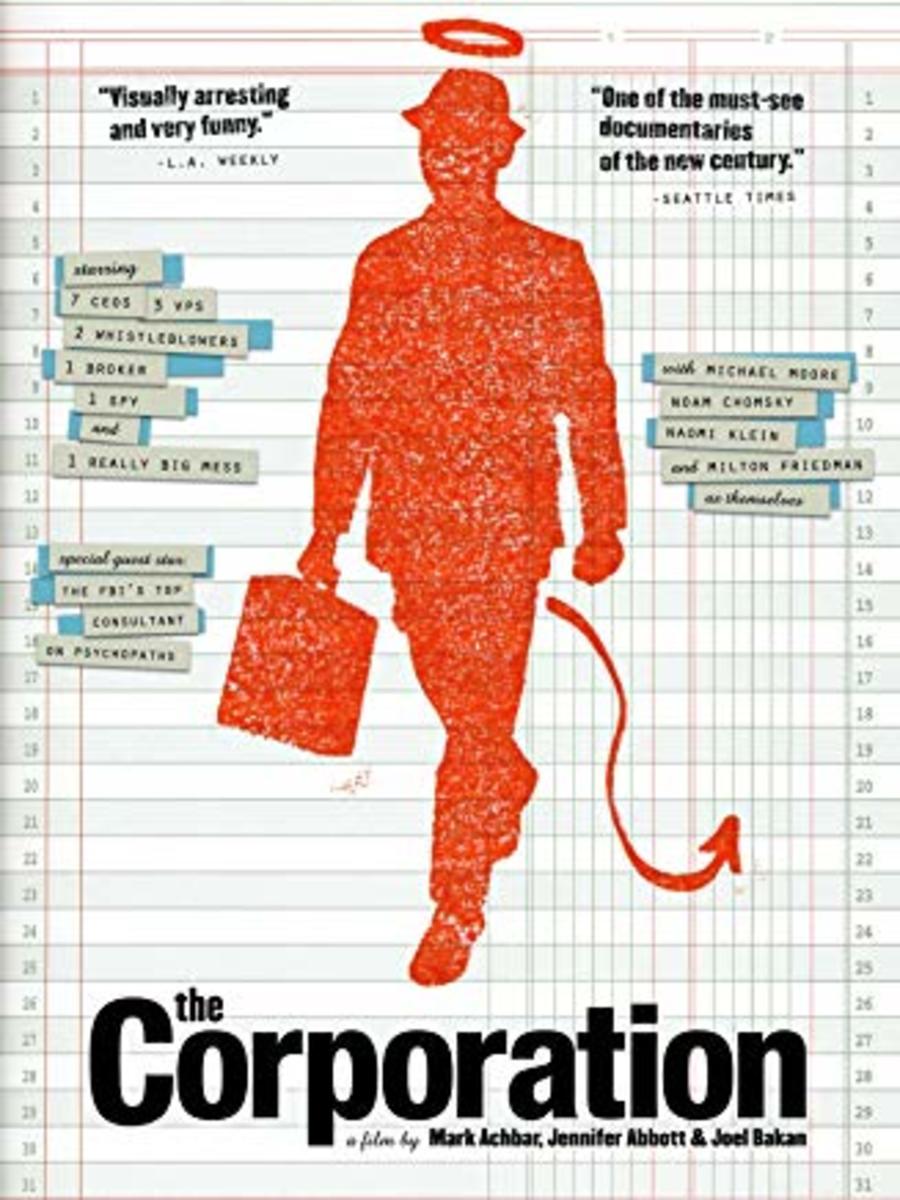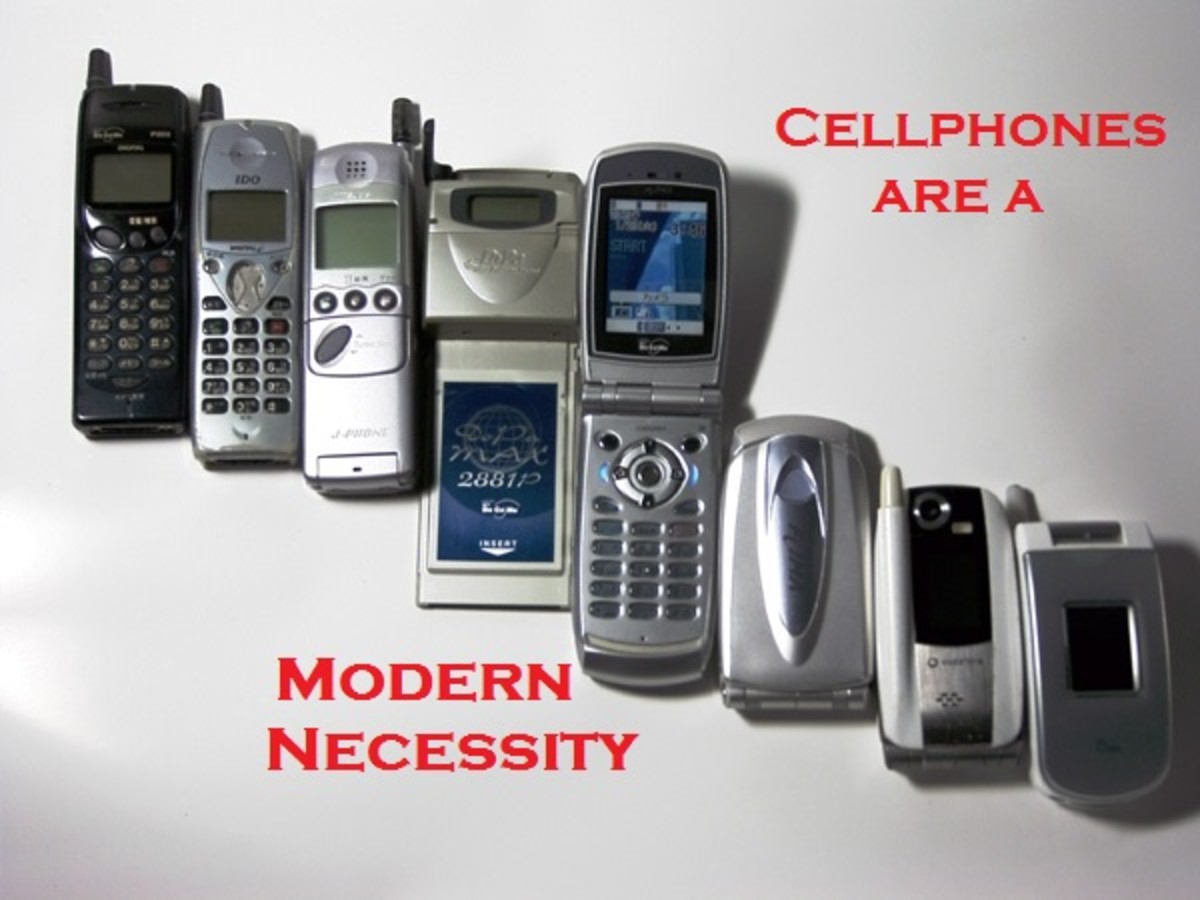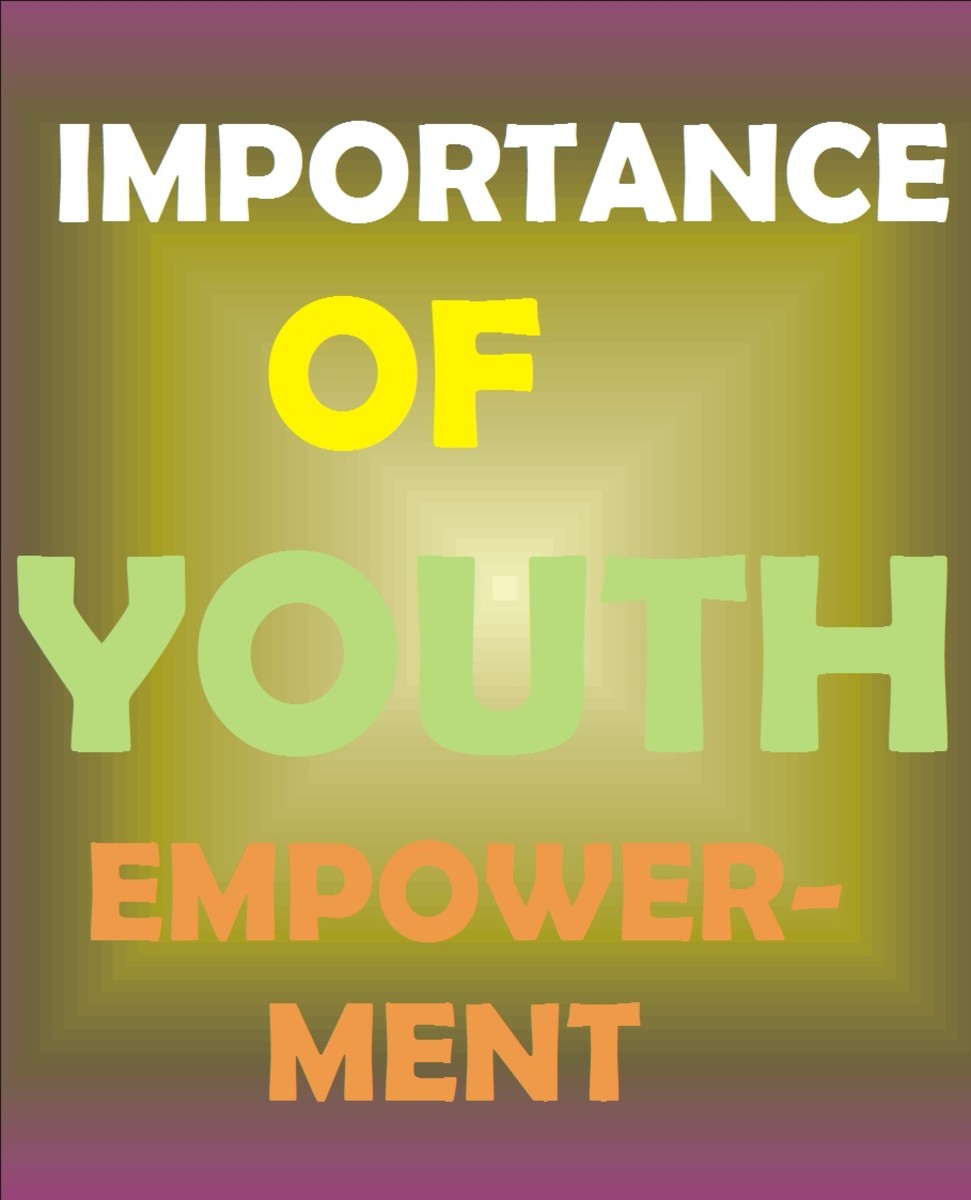The Road to Hell: White Women and Philanthropy
Nicholas Kristof and the New Movement to Empower Women
Recently a documentary called "Half the Sky: Turning Oppression into Opportunity for Women Worldwide" aired on PBS. Largely the brainchild of human rights journalist Nicholas Kristof, the documentary follows American actresses (Gabrielle Union, Eva Mendes, Meg Ryan, Diane Lane, Olivia Wilde, and America Ferrera) as they travel to developing countries and learn about the challenges facing women there. The documentary is based on a book of the same name whose purpose was to inspire meaningful action to change some of the worst practices affecting women and girls in Africa and Asia- rape in Sierra Leone, sex trafficking in Cambodia, female genital mutilation in Somaliland, lack of education in Vietnam, and generational prostitution in India to name a few.
I recently read a negative critique of the documentary to which I would like to offer a response. The critique was written by Sayantani DasGupta on a blog called "Racialicious," which defines itself as "a blog about the intersection of race and pop culture." http://www.racialicious.com/2012/10/08/your-women-are-oppressed-but-ours-are-awesome-how-nicholas-kristof-and-half-the-sky-use-women-against-each-other/
The author of the blog post is no dummy. She teaches graduate level courses at Columbia University in New York. I have only a Master's Degree from Duke and I do not teach graduate level courses. It's a bit of a David and Goliath thing going on here, but still, I'd like to offer my thoughts. I feel that parts of her critique are "correct" as far as feminist theory is concerned, but I don't see it as being particularly useful. Let's talk about that. (As a side note, DasGupta uses the language of "white" and "brown" so I will continue that language here.)
In the post, DasGupta calls Kristof's documentary "amazingly problematic" because of the way it puts gender violence on display. She says that, even though Kristof means well, the film has no other result than to titillate and to foster a sense of superiority among white viewers. She believes that white women watching the film will feel simply lucky that they don't live in the developing world. It's a form of "poverty porn," white people watching brown people's problems in a voyeuristic way. DasGupta calls the American actresses "tourists of violence," because they have come to see and then to leave.
She also takes issue with how Kristof reports the stories of the women in "Half the Sky" who have undergone gendered violence. By using wealthy, first world women to help tell the stories, she feels the message gets convoluted. The root of this view is in a piece of work by Gayatri Chakravorty Spivak called "Can the Subaltern Speak?" Chakravorty Spivak is a literary theorist at Columbia and her piece has become one of the most widely read articles in feminist thought; if you ever had a graduate level course in feminism, you were probably assigned to read it. The article is about the Indian practice of sati, or bride burning. She points out that sati has only ever been written about by the British colonizers of India, and not by Indian women themselves. Although the article locates its interest in bride burning, it has implications far beyond that. The article questions whether the "subaltern," i.e. someone living in what the West calls poverty with no Western style education and no platform upon which to speak, can ever be authentically represented by a Western writer. The most basic thesis of the article and the answer to the question is, no, the subaltern cannot speak if her only voice is really a Westerner. Her article is quite a bit more complicated than that; this is just a bare bones recitation.
Since the impoverished brown people aren't doing the writing, we're hearing what the white writer thinks they would have said if they could have written for themselves. The idea is that privileged white people have to be careful when they write for and about brown people in the developing world, and their white readers have to recognize that they are both reading and being read to through the lens of whiteness. Whiteness here comes to mean not just skin color, but privilege and wealth.
This notion of seeing through the lens of whiteness became foundational in feminist thought. It evolved into a very postmodern idea that since rich white women can never understand what it is to be brown and poor, then anything rich white women say about poor brown women is suspect. Following this line of thought, Kristof's documentary is one more example of white people talking about brown people's problems.
Obviously there is some truth to this. White women cannot escape their whiteness. They have grown up in a particular cultural context that influences their view of the world. For example, white first world feminists are educated because they grew up in a society that values education for women. They in turn value education because of the opportunities it afforded them. In "Half the Sky" Diane Lane gets angry about female genital cutting. Even though this practice is a deeply embedded cultural construct tied up in some cases with religion, to Diane Lane it means nothing but brutality. She did not grow up in a society where it was normal, so she views it as wrong.
None of us, whether brown or white, can separate entirely from the rose colored glasses of our cultural context. The question is whether being aware of these glasses allows us to imagine what the world would be like without them. Can white women ever write or say anything meaningful about brown women, or is it a lost cause?
That question leads us back to DasGupta's original critique which says that Kristof's film does not lead to action among its white viewers. Let's move away from feminist theory and talk about practice. Yes, Nick Kristof is a white guy talking about brown women's problems, but is it doing any practical good? I would venture to say that "Half the Sky" has done a whole hell of a lot of good. Whatever theoretical problems it may have, in practice it educates first world women about the developing world in a way that is both compassionate and challenging. The point of the documentary is that people in the West who have lots of extra money and resources should be engaging in social reform that benefits third world women.
Chakravorty Spivak's point about white women talking about brown women can be taken to an extreme that defies common sense. If white women can't say anything about brown women because we can't speak for them, then we can't say that anything happening to brown women is bad. In theory that's true, but in practice it's not. I can say with a good amount of certainty that 12 year old girls in Cambodian brothels is a bad thing. Even though I'm a white woman who has never lived in a brothel, I can say that getting raped until I get AIDS is a bad thing. Female genital cutting may be tied to African culture and religion, but it is painful and unnecessary and leads to major problems when women try and give birth. I'm going to go out on a limb here and say that's a bad thing. If that makes me racist or culturally insensitive, then so be it.
White women can't be faulted for lack of action if we're not allowed to talk about the issues. However slanted or imperfect that talk may be, it's necessary to raise awareness. No one ever took action about anything without being made aware. Nick Kristof's project seeks to inspire action by highlighting issues about which many women in the first world are clueless. Sure, some women will see the documentary and say, "Wow, sucks to be you," and then go on with their lives. But other women will fund a microloan, sponsor a child, or give monthly to an NGO.
DasGupta says that Kristof just rehashes the old "White Man's Burden" philosophy, that white people have to rescue brown people. It not a white man's burden at all; it's everyone's burden. It's a humanitarian challenge. Would it be better somehow if Nick Kristof weren't white? In some ways, he's damned if he does, damned if he doesn't. He gets slammed for making a film to inspire action and he would get slammed for doing nothing. His may be an imperfect offering, but it's an offering nonetheless.
The one thing I find lacking in DasGupta's blog post is an explanation of what would have been better. How could Kristof more authentically tell the story? What would be a more effective way of educating people about women's issues in the developing world? She seems to think he shouldn't have told the story at all. I always say it's easier to be a critic than to get out and do the work. (To be fair, maybe she is doing the work and I just haven't heard about it.) Nick Kristof isn't perfect, "Half the Sky" isn't perfect and white women engaging in social reform don't have all the answers. But it's a start. As long as there are nine year olds in brothels, this white woman is going to read and research and write and try my best to inspire change. The road to hell may be paved with good intentions, but without intention nothing ever gets done.







